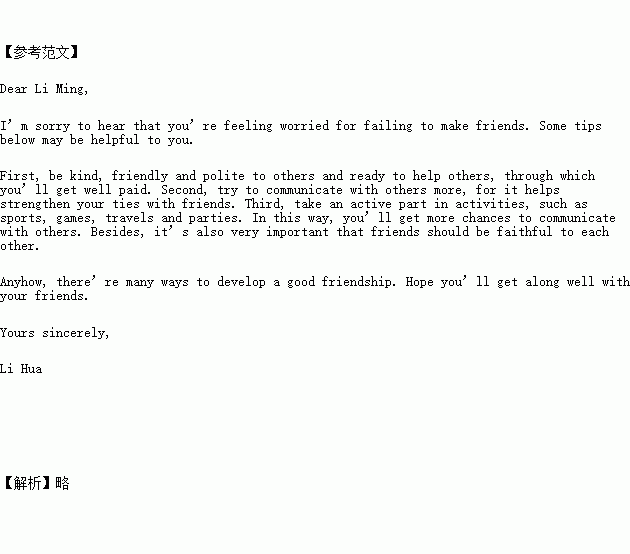Most parents and teachers want children to be happy. To that end, parents find themselves doing things for kids to make them happy, like buying gifts, taking them for ice cream, playing games together, or helping with homework.
Teachers are constantly doing things for children, too, like bringing treats to class, planning fun trips, and supporting students in other immeasurable ways.
Do acts of kindness toward children make us happier parents and teachers? Of course they do.
Unfortunately, we don’t make children happy by simply enabling them to be receivers of kindness. We increase their feelings of happiness and well-being by teaching them to be givers of kindness.
The truth is that children are born to be altruistic. But somewhere between birth and 4th grade, they are socialized to think more about themselves than others.
How do we change this and improve children’s well-being?
A recent study, Kindness Counts, conducted by researchers from the University of British Columbia and the University of California, broke new ground by showing the benefits gained by teens when they were taught happiness-increasing skills.
For a month, several hundred 9-11-year-olds performed and recorded three acts of kindness each week for anyone they wished. Another several hundred kept track of three pleasant places they visited during the week.
Not surprisingly, the results were consistent with adult studies. When kids performed acts of kindness or took notice of the pleasant places they visited during the week, they significantly increased feelings of happiness and satisfaction.
But hose who performed acts of kindness received an additional benefit. Measuring how well children were liked or accepted by their peers(同伴), the study showed those who performed acts of kindness gained an average of 1.5 friends during the four-week period ---- good support for the idea that “nice guys finish first.”
1.What do most parents and teachers do to make children happy?
A. Do good deeds for them.
B. Take them to see funny things.
C. Teach them the secret of happiness.
D. Develop their happiness-increasing skills.
2.The underlined word “altruistic” in Paragraph 5 is closest in meaning to “ ”.
A. optimistic B. energetic
C. curious D. generous
3.What can be concluded from the study?
A. Children can change their attitude easily.
B. Happy people are likely to do good deeds.
C. Acts of kindness are the key to happiness.
D. Visits to places lead to much more happiness.
4.What does the underlined part “additional benefit” in the last paragraph refer to?
A. Winning support from teachers.
B. Broadening their social circle.
C. Showing respect for others.
D. Getting higher test scores.
 中考利剑中考试卷汇编系列答案
中考利剑中考试卷汇编系列答案


 Easy-On Shoes
Easy-On Shoes Bionic Ears (仿生耳)
Bionic Ears (仿生耳) A Virtual Pencil and Paper
A Virtual Pencil and Paper The Artiphon
The Artiphon